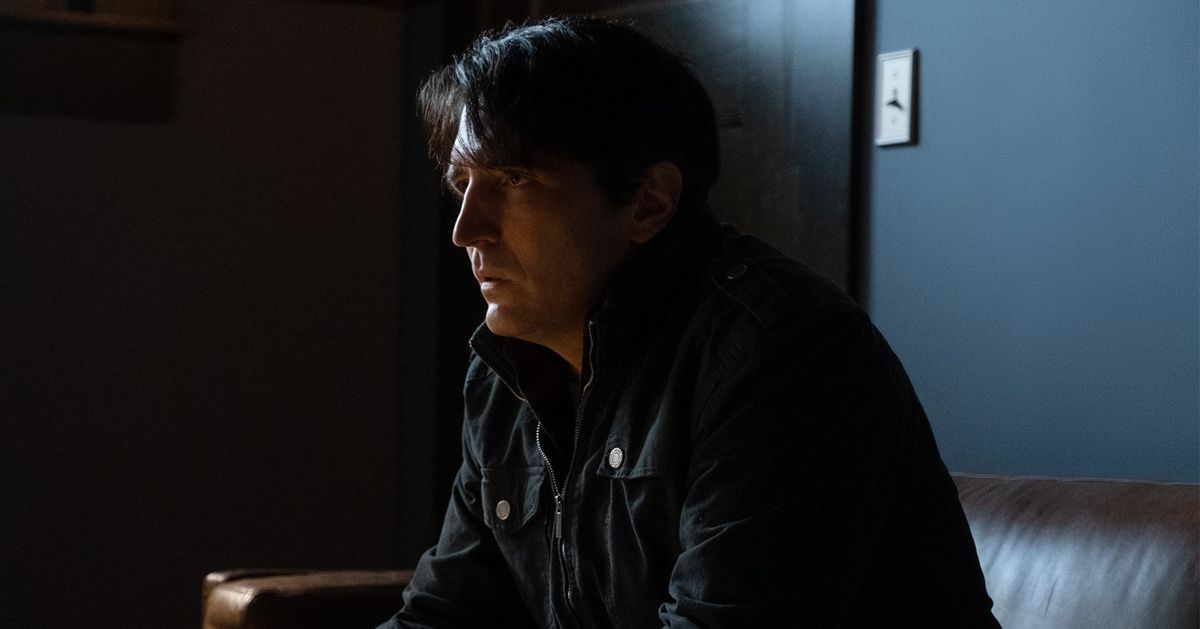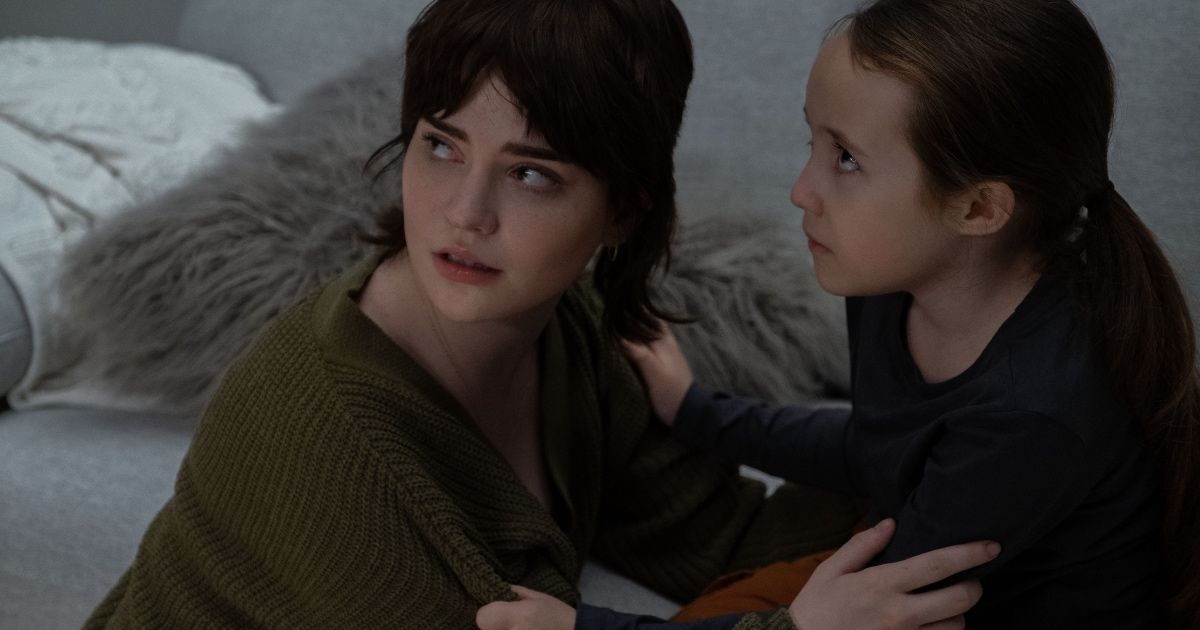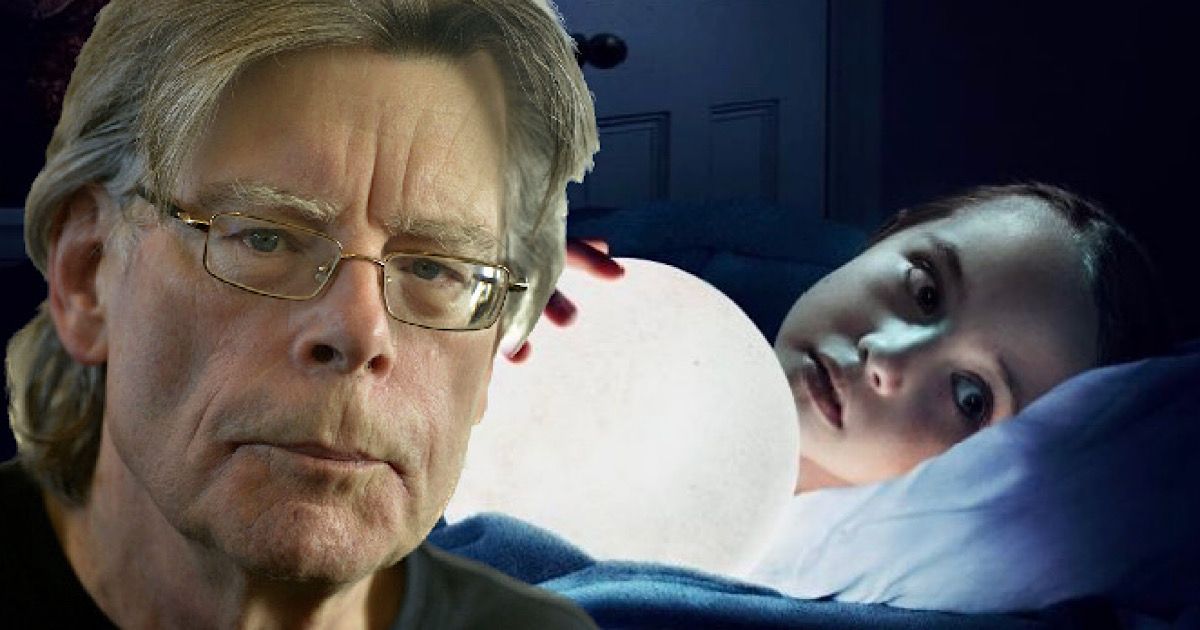For decades, a terror-provoking threat has been lurking in children’s closets. Now, in an eponymous film adaptation of Stephen King’s short story, The Boogeyman, the dark and mysterious monster is getting his big-screen close-up in hopes of scaring the adults who grew up fearing him. Horror film enthusiasts likely won't be wowed by the plot's mostly predictable progression, but this film does provide a good reason to watch for the scaredy-cats among us.
With disbelief in his existence, parents have historically leveraged the threat of the mythical being’s wrath to suppress bad behavior in their children. Imagined images of distorted or intimidating dark figures have haunted the impressionable minds of youth in long withstanding ways throughout their lives as a result. Behave and he won't get you. First, kids must believe this to be a viable threat in order to fear him and, unfortunately, most do just that.
In the case of The Boogeyman's plot, however, the titular character is the antithesis of a parental ally and causes household terror when everyone buys into his existence. Widowed father, Dr. Will Harper (convincingly played by Chris Messina, so good in Air) must instead do anything to protect his two daughters fromand eradicate the existence of the relentlessly creepy creature.
Interestingly, it is only those who believe in the unknown force in the closet — or under the bed in some instances — who fear him. And the more one fears him, the more real and terrifying he becomes. That is precisely the well-intended, but somewhat disenchanting, journey of the characters in The Boogeyman.
The Good News: The Cast
From her first appearance in the film, a heavy pain is palpable in the presence of high school student Sadie Harper, empathetically portrayed by Sophie Thatcher (Yellowjackets). Sadie is unsettled and bitter, and yet endearingly loving and protective over her spunky, but also apparently troubled little sister, Sawyer, portrayed by Vivien Lyra Blair (young Leia in the Obi-Wan Kenobi series) in a role that is memorably reminiscent of Carol Anne Freeling in Poltergeist. Grieving the death of their mother both haunts and bonds the sisters and creates some of the most memorable scenes in The Boogeyman.
Though their therapist father, Will, should seemingly be able to offer them the mental and emotional coping tools to navigate their grief, he’s too troubled and emotionally unavailable to do so. Ironically, he barely hesitates to provide his therapy services to a mysteriously distressed stranger when he appears unexpectedly, and without an appointment, at his home office, in a move that causes the family to spiral into even more grief.
It's unfortunate that movie-goers don't get to see more of David Dastmalchian (Boston Strangler) in his intoxicatingly creepy portrayal of Lester Billings. His on-screen presence is spine-chilling, mysterious, and exactly what one hopes for in a "scary" movie. He's, well, scary. He's also not around long enough, unfortunately, for this film to capitalize on his power to induce fright in a nuanced way. That is disappointing. For fans of King's short story, it is also quite surprising.
The Boogeyman Plot Twists
In the film adaptation, Lester Billings arrives at the psychiatrist's home office of Dr. Harper, just as is the case in the short story. On edge and desperate, Billings purges his life's situation on to the doctor in such an urgently whispered tone that one dares not to blink while he explains. The way he talks, moves, and watches, suggests that something more is brewing inside of him.
He talks about the deaths of his three children, how his first two died mysteriously of crib death when left alone in their bedrooms, and how it got even worse after that with the third child's death.
As viewers, we don't for a second trust him, and yet we wonder exactly what it is that we shouldn't trust. Is he lying? Is he going to hurt Dr. Harper? The terror in his voice is pregnant with the knowledge of something more, something secretive that he feels compelled to share, a foreshadowing that Will, too, can sense. It would have been deliciously terrifying to have to fear Billings for the duration of the film, but his scenes are short-lived, and the remaining horror moments rely on jump scares and shock versus the psychologically terrifying potential of a villain who exists only in our imagination.
This plot focus is notably unlike the famed short story, however, which focuses more on Billings. In the film, Billings' story serves only as a backdrop, a sort of jumping-off point to launch into the plot of the Harper family. That office visit is nearly as far as the connection with Billings goes. It's a shame for any fans of the short story because, unlike King's version, Billings' story is not what this film is about and that's the only distinct plot development for the adaptation.
It's a shame, too, because as viewers we are immediately hooked onto and terrified by Billings in his enthralling scenes with Dr. Harper. But when the plot takes a turn at a narrative crossroad and the focus shifts, we never quite regain the same intense grip of fear that occurred with him on screen.
Billings is more effectively creepy than the actual closet creature. The Boogeyman is scary in a science-fiction way, w hich true horror fans will, no doubt, be fine with. It is likely, however, that most will agree that for the ultimate fear effect, the filmmakers ought to consider a sequel that focuses more on, maybe even exclusively on, Dastmalchian in the role of Billings.
The Struggles of Children
Instead, the adaptation focuses on the heartfelt emotional struggles of children and their suffering at home and, for Sadie, at school, after the unexpected death of their mother. As if that isn't a burden enough for them, the girls are struggling to cope while their professionally trained psychiatrist father is too detached to help. Meanwhile, Sadie and Sawyer are growing closer as they bond in fear of The Boogeyman.
While it is heart-tugging to see, and it is refreshing to feel emotionally invested in the characters, Sawyer, especially, is so afraid of The Boogeyman that it produces a two-fold frustration. Why won't the father try to help his daughters immediately, even if ineffectively? And why was he, instead, so willing to help a stranger? Had the plot delved more into this — and the mother's death in relation to it — in a deeply psychological way, perhaps there would have been more to be afraid of. Instead, the suggested answer is surprisingly simple. He just cannot face it until, well, he finally does.
No Fears to Face in Stephen King's Boogeyman
Stephen King’s books have sold more than 350 million copies. He is a highly respected, beloved, and award-winning author. With over 60 adaptions of King's books and stories having been produced and supported globally by fans, this film adds to his career's success, and odds are that it will be embraced publicly as much as it was in private test screenings.
Fans of King's will flock to support and experience this film based on the fact of his endorsement alone. Director Rob Savage recently revealed the contents of an email he received from King after he'd seen the film. In an interview with Empire, Savage said: “The next morning I get an email saying, ‘From Stephen King’. And he says, ‘Robert, I’m still thinking about your movie the next morning.'”
Those who love Stephen King's work will appreciate that and the film adaptation as a whole. Horror die-hards, though, will likely be disappointed by the lack of effective scares.
Ironically, those who fear being afraid as a result of watching a horror film should especially consider bracing themselves and going to see this one. The lure is the promise of what can happen when one finally faces and sees that, quite literally, there is nothing to fear about The Boogeyman.
The Boogeyman will be released on June 2nd from 21 Laps Entertainment, TSG Entertainment, and 20th Century Studios.



Comments
Post a Comment